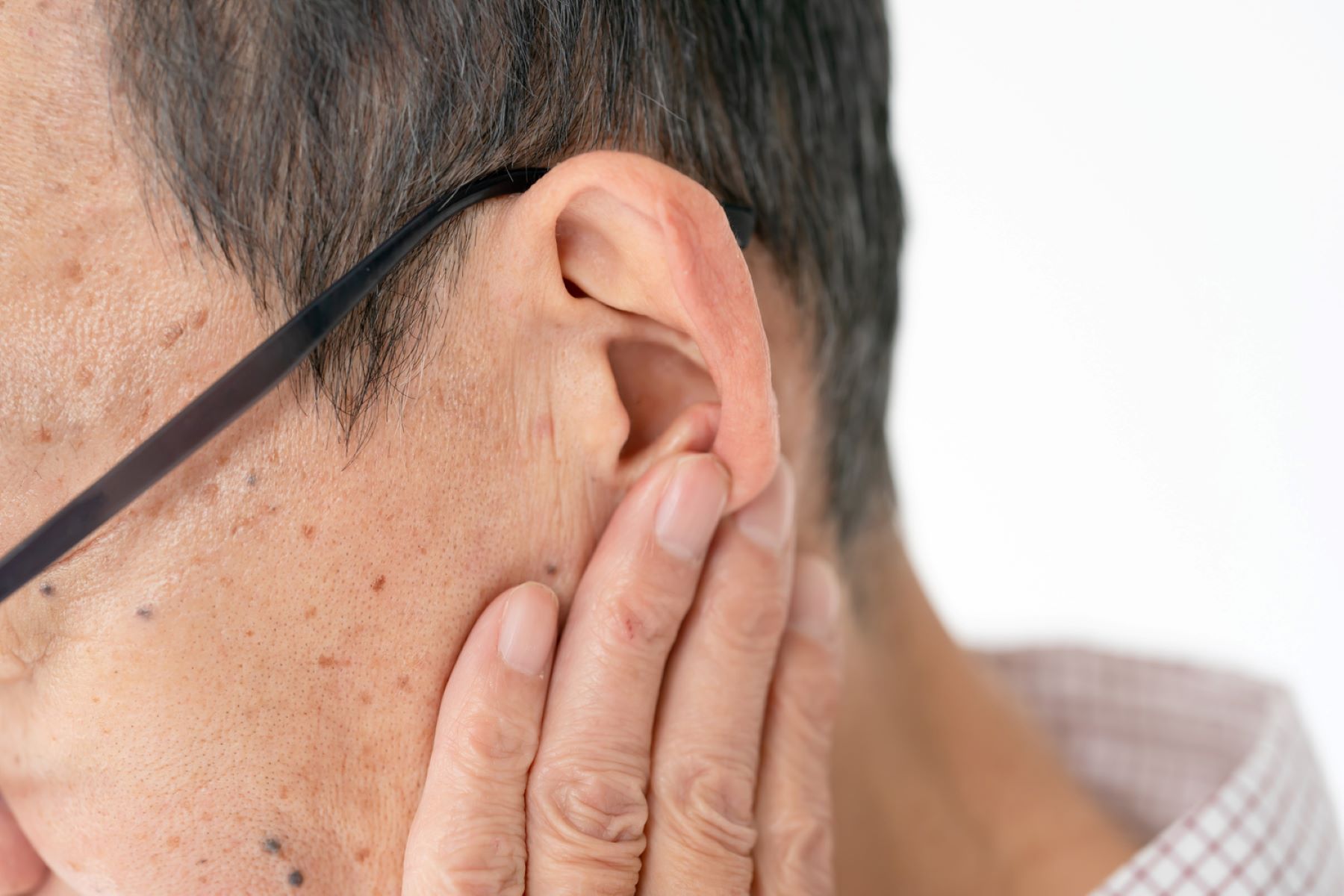
Labyrinthitis is a condition that affects the inner ear, causing dizziness, balance issues, and sometimes hearing loss. Ever wondered what triggers this unsettling ailment? Viruses and bacterial infections are common culprits. But did you know stress and allergies can also play a role? Imagine feeling like the room is spinning while you're standing still. That's what many with labyrinthitis experience. This condition can strike anyone, but it's most common in adults aged 30-60. Curious about how long it lasts? Symptoms can persist for days or even weeks. Treatment often includes rest, hydration, and sometimes medication. Want to learn more? Keep reading for 50 intriguing facts about labyrinthitis!
Key Takeaways:
- Labyrinthitis is an inner ear disorder that causes dizziness and balance issues. It can be triggered by viral infections, allergies, and head injuries. Managing stress and staying hydrated can help in recovery.
- Understanding the symptoms and risk factors of labyrinthitis can lead to quicker diagnosis and better management. Treatment involves medications, lifestyle changes, and sometimes physical therapy. Most people recover fully within a few weeks.
What is Labyrinthitis?
Labyrinthitis is an inner ear disorder that can cause dizziness, vertigo, and balance issues. It occurs when the labyrinth, a part of the inner ear responsible for hearing and balance, becomes inflamed. Understanding this condition can help manage symptoms and improve quality of life.
- Labyrinthitis often results from a viral infection.
- Bacterial infections can also cause labyrinthitis, though less commonly.
- Symptoms include sudden vertigo, dizziness, and loss of balance.
- Hearing loss in one ear is a common symptom.
- Tinnitus, or ringing in the ears, can occur with labyrinthitis.
- Nausea and vomiting often accompany vertigo.
- The condition can affect people of all ages.
- Stress and fatigue may worsen symptoms.
- Labyrinthitis can last from a few days to several weeks.
- Chronic labyrinthitis is rare but possible.
Causes and Risk Factors
Understanding what triggers labyrinthitis can help in prevention and management. Various factors can increase the risk of developing this condition.
- Respiratory infections like colds or flu can lead to labyrinthitis.
- Ear infections are a common precursor.
- Allergies may contribute to inflammation in the inner ear.
- Head injuries can sometimes cause labyrinthitis.
- Autoimmune diseases can trigger the condition.
- Smoking increases the risk of developing labyrinthitis.
- Excessive alcohol consumption can exacerbate symptoms.
- High stress levels may trigger or worsen labyrinthitis.
- Certain medications can increase the risk.
- A family history of inner ear disorders may be a risk factor.
Symptoms and Diagnosis
Recognizing the symptoms early can lead to a quicker diagnosis and better management of labyrinthitis. Here are some key symptoms and diagnostic methods.
- Sudden onset of vertigo is a primary symptom.
- Difficulty focusing the eyes may occur.
- Unsteady gait and difficulty walking are common.
- Ear pain or discomfort might be present.
- Symptoms often worsen with head movements.
- A physical exam can help diagnose labyrinthitis.
- Hearing tests may be conducted to assess hearing loss.
- Balance tests can evaluate the extent of vertigo.
- MRI or CT scans might be used to rule out other conditions.
- Blood tests can help identify underlying infections.
Treatment and Management
Managing labyrinthitis involves a combination of medications, lifestyle changes, and sometimes physical therapy. Here are some common treatments and management strategies.
- Antiviral medications may be prescribed for viral infections.
- Antibiotics are used if a bacterial infection is present.
- Corticosteroids can reduce inflammation.
- Antihistamines help alleviate dizziness and nausea.
- Vestibular rehabilitation therapy can improve balance.
- Staying hydrated is crucial during recovery.
- Rest is essential to manage symptoms.
- Avoiding sudden head movements can reduce vertigo.
- Stress management techniques can be beneficial.
- Limiting caffeine and alcohol intake may help.
Long-term Outlook and Prevention
While labyrinthitis can be challenging, understanding the long-term outlook and preventive measures can make a significant difference.
- Most people recover fully within a few weeks.
- Some may experience lingering balance issues.
- Early treatment can prevent complications.
- Regular check-ups can monitor progress.
- Vaccinations can reduce the risk of viral infections.
- Maintaining good ear hygiene is important.
- Avoiding smoking and excessive alcohol can lower risk.
- Managing allergies can prevent flare-ups.
- Wearing protective gear during activities can prevent head injuries.
- Leading a healthy lifestyle supports overall ear health.
Final Thoughts on Labyrinthitis
Labyrinthitis, an inner ear disorder, can cause dizziness, vertigo, and balance issues. Understanding labyrinthitis symptoms helps in early diagnosis and treatment. Viral infections often trigger this condition, but bacterial infections and head injuries can also be culprits. Treatment options range from medications to physical therapy, depending on severity. Knowing the difference between labyrinthitis and vestibular neuritis is crucial, as they share similar symptoms but require different treatments.
Preventive measures like good hygiene and avoiding head injuries can reduce risks. If you experience persistent dizziness or balance problems, consult a healthcare professional. Early intervention can make a significant difference in managing symptoms and improving quality of life. Stay informed, take care of your health, and don’t hesitate to seek medical advice when needed.
Frequently Asked Questions
Was this page helpful?
Our commitment to delivering trustworthy and engaging content is at the heart of what we do. Each fact on our site is contributed by real users like you, bringing a wealth of diverse insights and information. To ensure the highest standards of accuracy and reliability, our dedicated editors meticulously review each submission. This process guarantees that the facts we share are not only fascinating but also credible. Trust in our commitment to quality and authenticity as you explore and learn with us.
